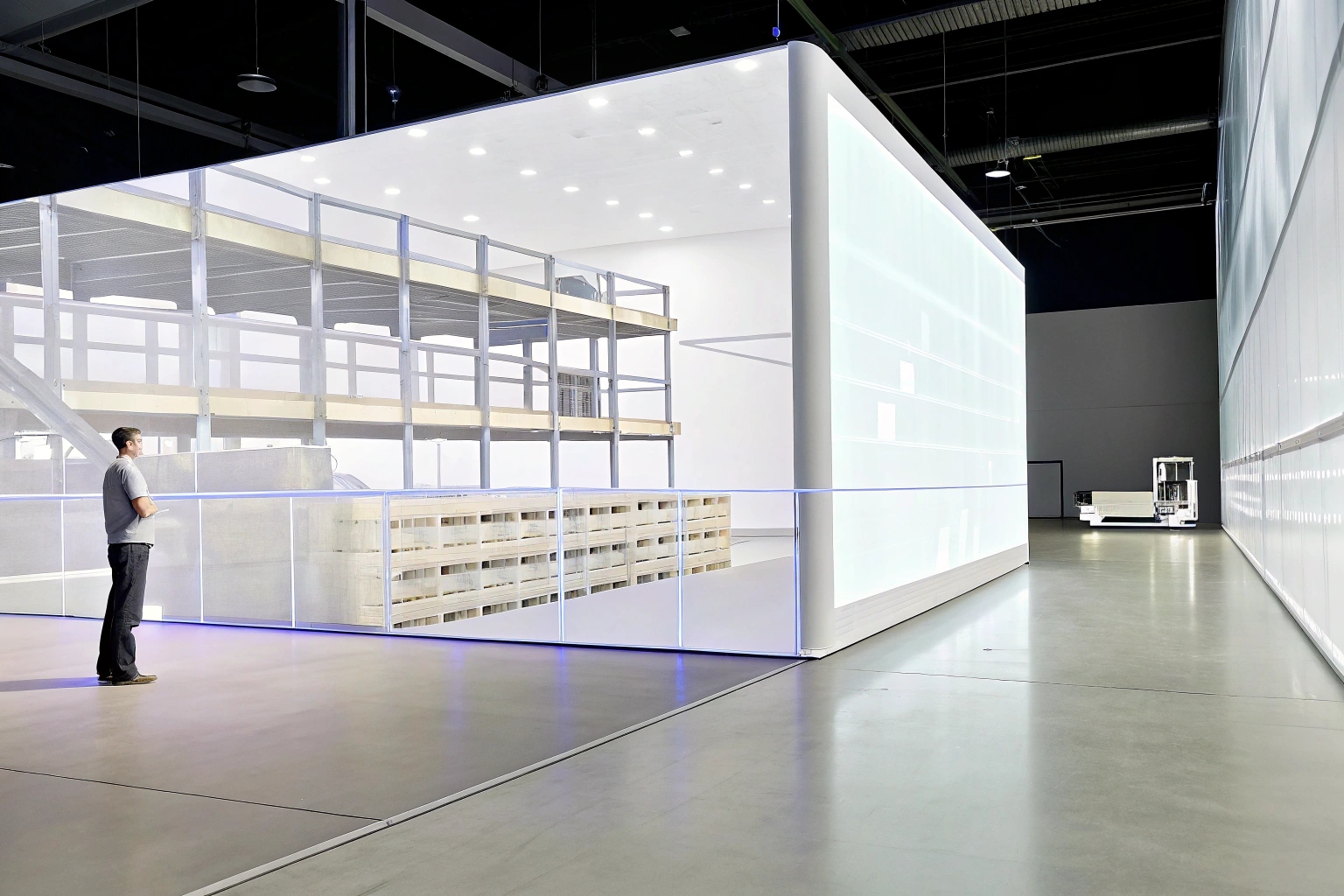
Effective logistics planning is crucial for undercarriage parts, especially when dealing with full-container loads. By using digital tools 1 and expert consultations, one can minimize errors and optimize space usage.
Yes, through digital solutions and consultations, creating comprehensive packing lists, loading plans, and estimating total weights and volumes can streamline your logistics. These ensure efficient use of space and help avoid penalties.
To efficiently pack undercarriage parts like track chains and rollers, create detailed packing lists using tools like Google Spreadsheet 2. These lists should include part numbers, descriptions, quantities, net weight, and gross weight per package. Utilize EasyCargo software 3, which adjusts for dimensions and weights to offer optimized container space usage. Platforms like Freightos calculate gross weight, helping to finalize the loading plan. Additionally, tools for CBM calculations 4, such as logistics software, automate volume entry for seamless planning. Consulting supply chain experts 5 can also enhance these strategies.
Receiving operations need efficiency to save time and costs in logistics, especially for heavy machinery parts like these. Accurate pallet maps will make your job smoother.
Yes, suppliers can provide detailed pallet maps to streamline receiving operations. This allows for clear instructions and minimizes confusion, thus optimizing efficiency and reducing errors.
Accurate pallet maps speed up receiving by providing detailed layouts of the container contents. They specify placement of undercarriage parts within the freight, ensuring quick identification and handling. Maps detail the positions of items, facilitating swift unloading and sorting. Furthermore, a well-designed pallet map helps organize parts according to priority or usage, aiding businesses in inventory management 6.
A table displaying a sample pallet map configuration may be structured as follows:
| Pallet Number | Description | Quantity | Placement Location |
|---|---|---|---|
| Pallet 1 | Track Chains | 50 pcs | Back-left corner |
| Pallet 2 | Support Rollers | 100 pcs | Front-right |
| Pallet 3 | Drive Teeth | 150 pcs | Back-center |
Utilize 3D modeling software 7 for visualization, ensuring that each package fits within designated space. This mitigates the risk of misplacement or damage during transportation.
Can I pre-approve packing density to avoid damages for my undercarriage parts?
Packing density has a direct impact on the safety of your products during transit. Ensuring correct density can prevent costly shipment damages.
Certainly. Pre-approving packing density with suppliers allows for optimal use of available space while safeguarding products. Implementing protective packing measures reduces risk and enhances product security.
Pre-approval of packing density involves collaborating with suppliers to monitor and adapt the packing process before shipment. Communication ensures adherence to packaging standards 8 to minimize damage risks. Suppliers assess the volume and weight of each part and propose packing configurations that reduce movement during transit. Regular reviews of packing methods help refine these strategies and cater to different SKU requirements.
Here’s a typical packing configuration breakdown:
| Component Type | Packing Method | Density Ratio (unit/cm³) |
|---|---|---|
| Track Chains | Wooden Crate | 0.8 |
| Rollers | Steel Pallet | 1.1 |
| Drive Wheel | Custom Foam | 0.5 |
Implement data-driven solutions like AI-based logistics tools 9 to predict packing density outcomes according to cargo specifics.
Do you run loading photo records I can archive for my undercarriage parts?
Keeping track of loading through visual documentation ensures transparency and helps maintain historical records for reference.
Yes, maintaining photo archives of container loading processes offers visual documentation, which helps verify cargo conditions and promotes accountability.
Photo records are vital for validating product conditions pre- and post-shipment. They are instrumental during dispute resolutions 10 and quality checks since they provide visual evidence of packing and loading procedures. Typically, these archives are stored digitally and aligned with other documents like packing lists and loading plans.
Keeping a catalog of loading photos involves a systematic approach:
| Date | Container ID | Photo ID | Description | Compliance Check |
|---|---|---|---|---|
| 2023-12-01 | CNTR1234 | IMG001 | Initial Loading | Yes |
| 2023-12-01 | CNTR1234 | IMG002 | Mid-loading Check | Yes |
| 2023-12-01 | CNTR1234 | IMG003 | Final Load Verification | Yes |
Visual representation aids compliance verification, ensuring that loading occurs according to stipulated guidelines.
Can you adapt packing for mixed SKUs that I consolidate for my undercarriage parts?
Flexibility in adapting packing techniques is crucial when dealing with mixed SKUs to avoid issues like incompatibility or damage.
Organizations can indeed modify packing strategies based on SKU requirements to customize consolidation, maximizing efficiency without compromising product integrity.
Adapting packing for mixed SKUs involves understanding the specific requirements pertinent to each SKU. By collaborating with the supplier and utilizing AI-based logistics tools, tailored packing solutions are designed to accommodate diverse product specifications without causing damage or delays.
Establish adaptable packing solutions by using a divided packing method, as illustrated:
| SKU Type | Packing Solution | Protective Features |
|---|---|---|
| Mixed SKUs | Partitioning Box | Cushioned Dividers |
| Heavy Parts | Reinforced Pallet | Strapping and Clamping |
| Fragile Parts | Foam Wrapping | Polyethylene Layering |
Investing in packaging innovations allows seamless customization, ensuring that mixed SKUs synergize during transportation effectively.
Conclusion
Precise logistics planning, incorporating tools and consultations, enhances packing efficiency and damage prevention for undercarriage parts. Adaptable strategies ensure optimal use of container space and streamline receiving operations.
Footnotes
1. Overview of software used in modern logistics planning. ↩︎
2. How to use spreadsheets for creating detailed packing lists. ↩︎
3. A guide to this specific container load planning software. ↩︎
4. Learn how to calculate CBM (Cubic Meter) for freight. ↩︎
5. The role of consultants in optimizing supply chain logistics. ↩︎
6. Best practices for managing warehouse and parts inventory. ↩︎
7. Using 3D visualization for load planning and optimization. ↩︎
8. International standards for safe and secure freight packaging. ↩︎
9. How artificial intelligence is transforming logistics and packing. ↩︎
10. Guide to handling shipping disputes and cargo claims. ↩︎




